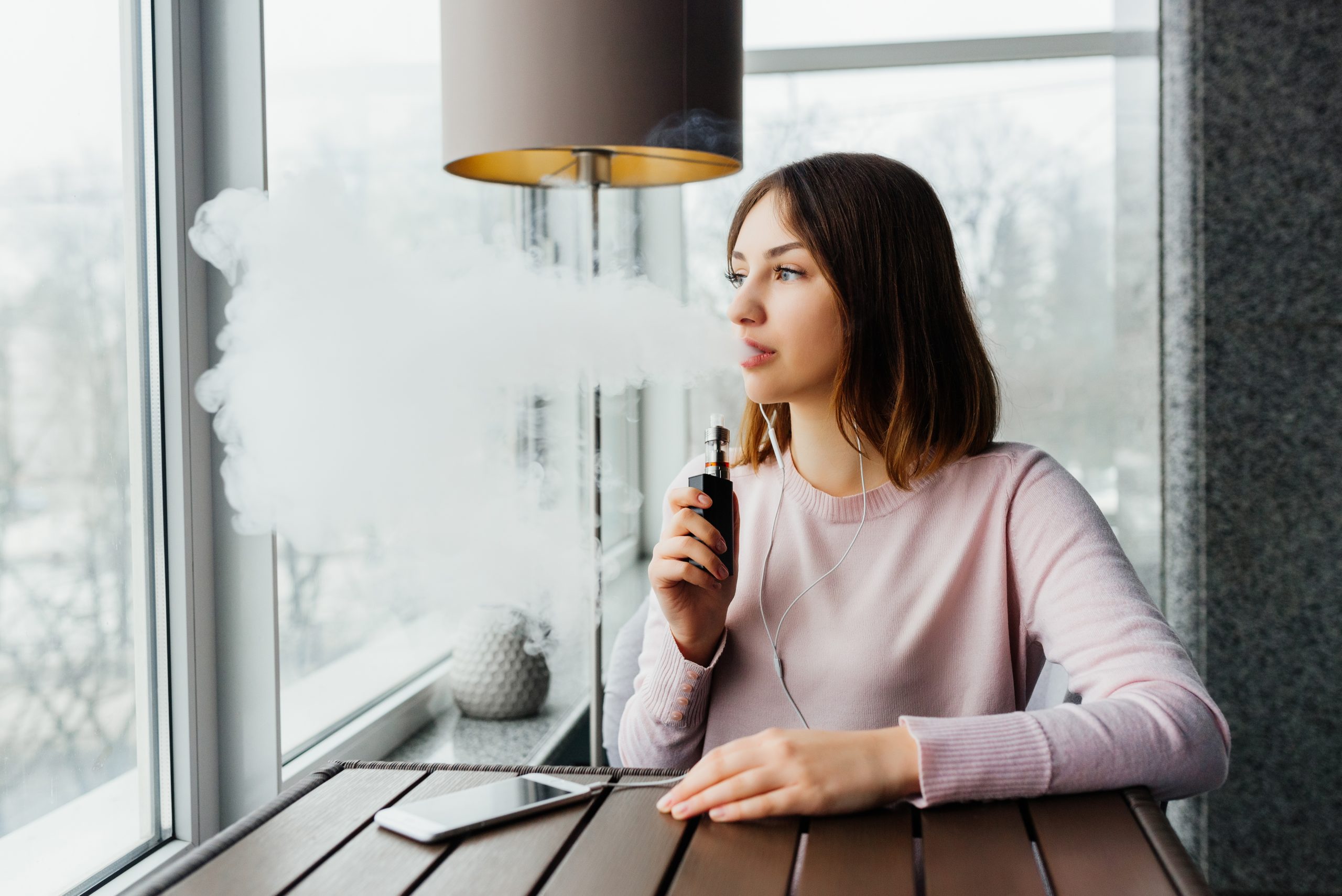
Diabetes and Health Equity in the Workplace
Workplace equity is more than a buzzword—it’s a lifeline in the fight against diabetes and the health gaps shaped by where we live, work, and grow.

The surging popularity of e-cigarettes has reopened the discussion on smoking in the workplace. As it currently stands, the facts overwhelmingly show the adverse effects of tobacco and nicotine on the health of employees and the success of a company.


Browse our curated list of vendors to find the best solution for your needs.
Subscribe to our newsletter for the latest trends, expert tips, and workplace insights!

Workplace equity is more than a buzzword—it’s a lifeline in the fight against diabetes and the health gaps shaped by where we live, work, and grow.

As we explore the value of regular health screenings, cost-effectiveness emerges as a major benefit for individuals, companies, and society.

In response to the demand for an improved consumer experience, both employers and insurers recognized and addressed the need for health advocacy programs.

Exacerbated by societal expectations and stereotypes, the silent threats to men’s health persist, leading to higher rates of mortality and morbidity in this gender. Can personalized preventative care change this?
Used by most of the top employee benefits consultants in the US, Shortlister is where you can find, research and select HR and benefits vendors for your clients.
Shortlister helps you reach your ideal prospects. Claim your free account to control your message and receive employer, consultant and health plan leads.